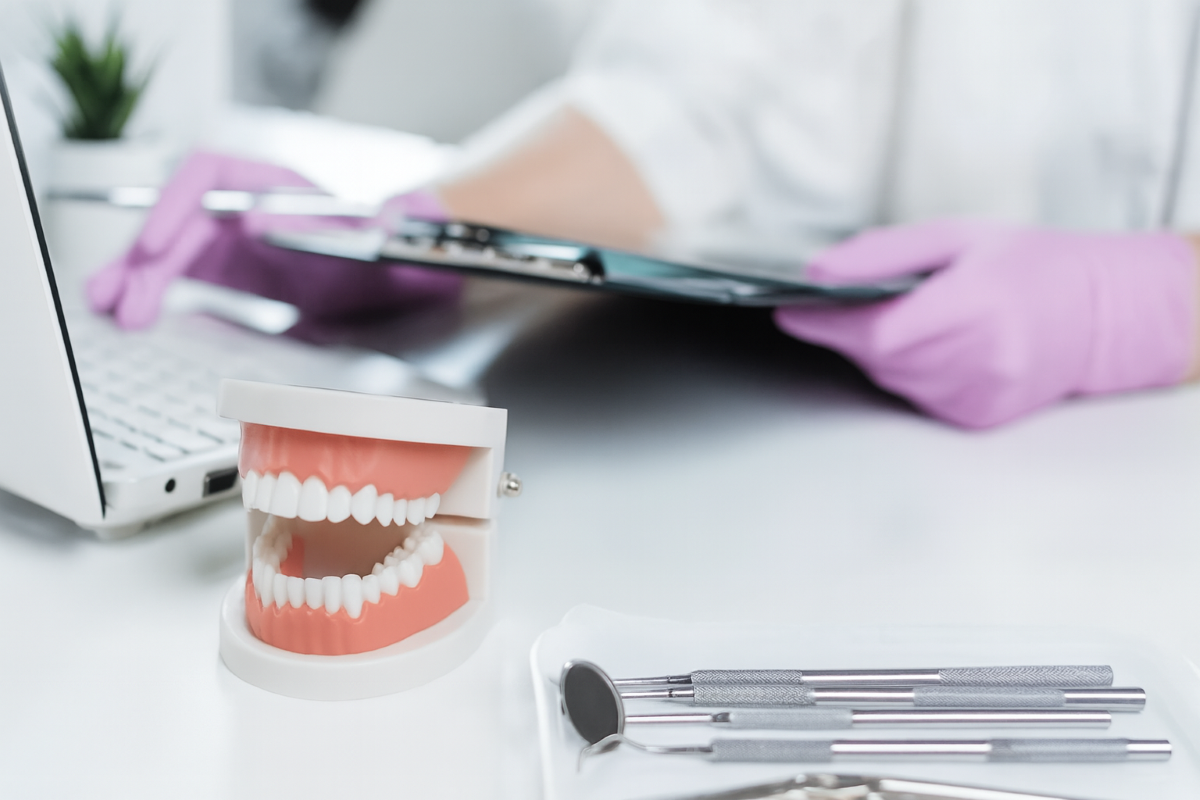Introduction: Why Clinics Need Better Call Management
Running a dental clinic means more than providing excellent care-it also means managing constant calls, scheduling appointments, and ensuring patients feel supported. Unfortunately, many clinics struggle with front desk overload. Phones ring nonstop, patients wait on hold, and urgent calls sometimes go unanswered.
That’s where a dental virtual receptionist makes the difference. Acting as a digital assistant, it works alongside your team to reduce missed calls, improve patient communication, and provide reliable support day and night. Whether powered by an AI virtual receptionist or set up as an AI dental answering service, these tools ensure patients get help when they need it, while your staff stays focused on in-office care.
The Everyday Stress of a Dental Front Desk
Dental receptionists manage a tough workload:
Constantly ringing phones
Patient check-ins and scheduling
Insurance and paperwork
Cancellations and reschedules
Passing urgent messages to dentists
With so much happening at once, missed calls are inevitable. The problem? 85% of patients don’t call back if they reach voicemail. That means lost appointments, lower revenue, and potential damage to your clinic’s reputation.
What a Dental Virtual Receptionist Actually Does
A dental virtual receptionist works like an always-available team member that never takes breaks. It can:
Answer and route calls instantly
Book, confirm, or reschedule appointments
Send automated reminders by text or email
Answer FAQs about treatments, hours, or insurance
Collect intake information from new patients
Unlike a traditional dental answering service, an AI virtual receptionist can integrate directly with your practice management system, making it faster and more efficient.
How It Improves Patient Experience
Patients today want quick, reliable communication. When they’re in pain or looking for a new dentist, waiting on hold or reaching voicemail isn’t acceptable.
With a dental virtual receptionist:
Calls are answered immediately, day or night.
New patients can schedule online or over the phone in minutes.
Automated reminders reduce no-shows.
Patients feel heard and cared for.
This responsiveness creates better first impressions and stronger long-term trust.
Freeing Staff to Focus on Patients
When an AI dental answering service handles repetitive tasks, your staff can finally focus on the work that requires empathy and judgment. They’ll have more time to:
Welcome patients at the front desk
Support nervous patients before procedures
Work through complex insurance cases
Communicate directly with the clinical team
By reducing distractions, you improve both staff morale and patient care.
Cost Savings Without Hiring More Staff
Hiring extra receptionists for evenings, weekends, or high call volume is costly. A full-time receptionist may cost $50k–$70k per year with benefits.
In comparison, an AI virtual receptionist typically runs between $300–$800 per month. It provides reliable 24/7 support without overtime, sick days, or payroll overhead. That’s why many practices see it as a smarter investment.
Real-World Benefits Dentists Report
Practices using a dental virtual receptionist often notice improvements quickly:
Reduced missed calls – ensuring more appointments booked
Higher booking rates – every inquiry gets an answer
Better patient reviews – responsiveness improves reputation
Lower staff turnover – front desk burnout decreases
For many clinics, these benefits appear within the first 30–60 days.
What to Look for in an AI Virtual Receptionist
If you’re considering adding this technology, check that it offers:
Dental-specific knowledge and training
Integration with Dentrix, Eaglesoft, OpenDental, or similar PMS
Customizable scripts and patient communication styles
HIPAA-compliant data handling
Scalability for solo practices or DSOs
Myths About AI Receptionists (And the Truth)
Myth 1: Patients don’t want to talk to AI.
Reality: When designed well, AI dental answering services use natural, friendly language. Most patients value speed and convenience over who’s on the other end.
Myth 2: It replaces staff.
Reality: It supports your staff, not replaces them. Receptionists handle complex cases, while the virtual assistant covers routine calls.
Myth 3: It’s hard to set up.
Reality: Most solutions integrate with dental software in 5–30 days, with full support and training.
The Future of Dental Patient Communication
As more patients expect immediate responses, digital intake, and online scheduling, a dental virtual receptionist becomes essential. It doesn’t remove the human touch-it makes sure your team has more time to provide it.
With tools like an AI virtual receptionist or AI dental answering service, your practice can improve accessibility, reduce missed calls, and grow more efficiently without hiring more staff.
FAQs About Dental Virtual Receptionists
Q1: What’s the difference between a dental answering service and a dental virtual receptionist?
A dental answering service usually just takes messages, while a dental virtual receptionist integrates with your scheduling system and provides real-time support.
Q2: Can an AI virtual receptionist handle emergencies?
Yes. It can triage urgent cases and escalate them to your on-call team.
Q3: Is it affordable for small practices?
Yes. Many single-location clinics use it to save money compared to hiring additional staff.
Q4: Will patients know they’re speaking with AI?
Not necessarily. With natural conversation flows, most patients simply appreciate the quick service.
Q5: How fast can a dental virtual receptionist be deployed?
Most practices are fully set up in 5–30 days.
Conclusion: Smarter Support for Modern Dental Clinics
Every missed call is a missed opportunity. By adopting a dental virtual receptionist, your clinic can capture every patient inquiry, deliver better communication, and give staff more time for meaningful work.
Whether through an AI dental answering service or a fully integrated AI virtual receptionist, this technology helps dental clinics provide excellent care both inside and outside the office.




